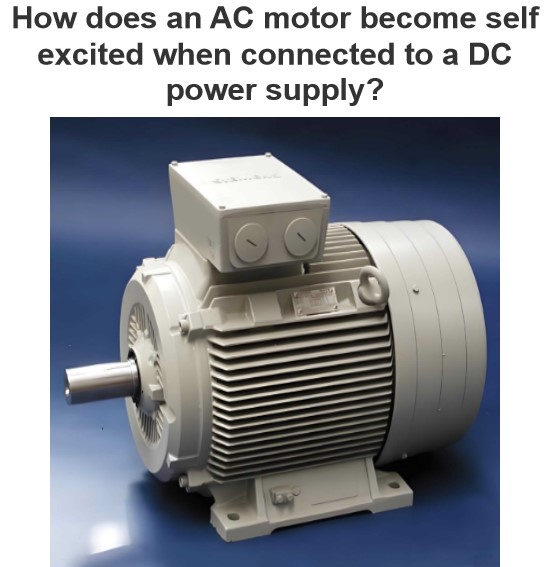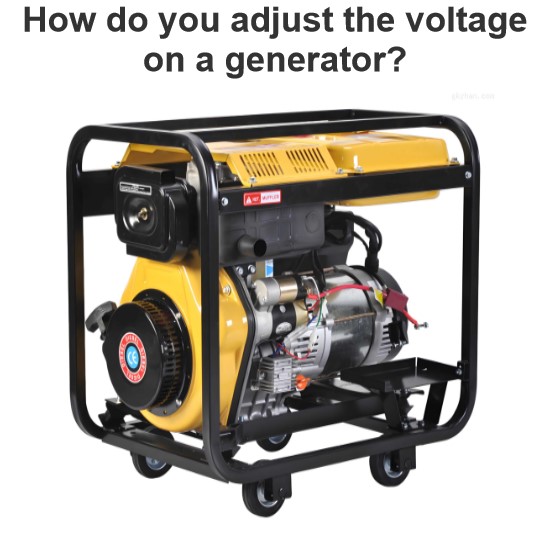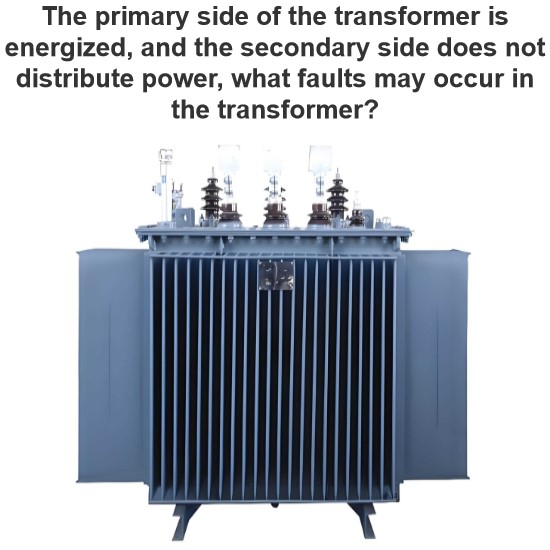Why do AC motors tend to last longer than DC motors/generators?
Comparison of the service life of AC motors with DC motors/generators
An Overview of Life Span Differences
The service life of AC motors is generally considered longer than that of DC motors, mainly due to differences in their structure and working principles. Specifically, DC motors typically include brushes and commutators, components that can wear out during operation and affect the motor's lifespan. In contrast, AC motors do not have these vulnerable parts, theoretically allowing for a longer service life.
Structural Differences
Direct current electric motor
Brushes and commutators: DC motors typically contain brushes and commutators inside, which can cause friction and sparking during operation, leading to wear and performance degradation.
Maintenance Requirements: Due to the presence of brushes and commutators, DC motors require regular maintenance and replacement of these consumable parts, increasing maintenance costs and downtime.
AC Motor
Brushless Design: AC motors typically do not have brushes and commutators, which means they don't produce friction and sparks during operation, reducing wear and maintenance requirements.
Simplified Structure: The structure of an AC electric motor is relatively simple, lacking a complex commutation mechanism. This not only reduces manufacturing costs but also enhances reliability and lifespan.
Differences in working principles
Direct current electric motor
Magnetic Field and Conductor Motion: The operating principle of a DC motor is to generate rotational torque through a fixed magnetic field and moving conductors. To maintain continuous rotation, the direction of current needs to be constantly changed by a commutator.
Speed Control Performance: DC motors can achieve smooth speed regulation by changing the input voltage or the excitation current, but this type of control relies on the commutator's functionality.
AC Motor
Rotor Field: An AC motor produces a rotating force by interacting with the rotating magnetic field generated by the stator windings. Since the stator field is rotating, there is no need for a commutator to change the direction of current.
Control Complexity: Although the control of AC motors is relatively complex, typically requiring variable frequency drives for precise speed and torque control, this method of control offers greater flexibility and efficiency.
Performance in actual applications
Although theoretical analysis shows that AC motors may have a longer service life, the actual service life of the motor is also affected by various factors in practical applications, including working environment, maintenance level, load conditions, etc. Therefore, when selecting the type of motor, it is necessary to comprehensively consider the specific application requirements and usage conditions.
In summary, AC electric motors are generally considered to have a longer lifespan than DC electric motors due to their simple structure, lack of wearable parts, and advantages in working principles. However, in practical applications, the choice of the appropriate motor type requires a comprehensive evaluation based on specific application scenarios and requirements.
The Electricity Encyclopedia is dedicated to accelerating the dissemination and application of electricity knowledge and adding impetus to the development and innovation of the electricity industry.




